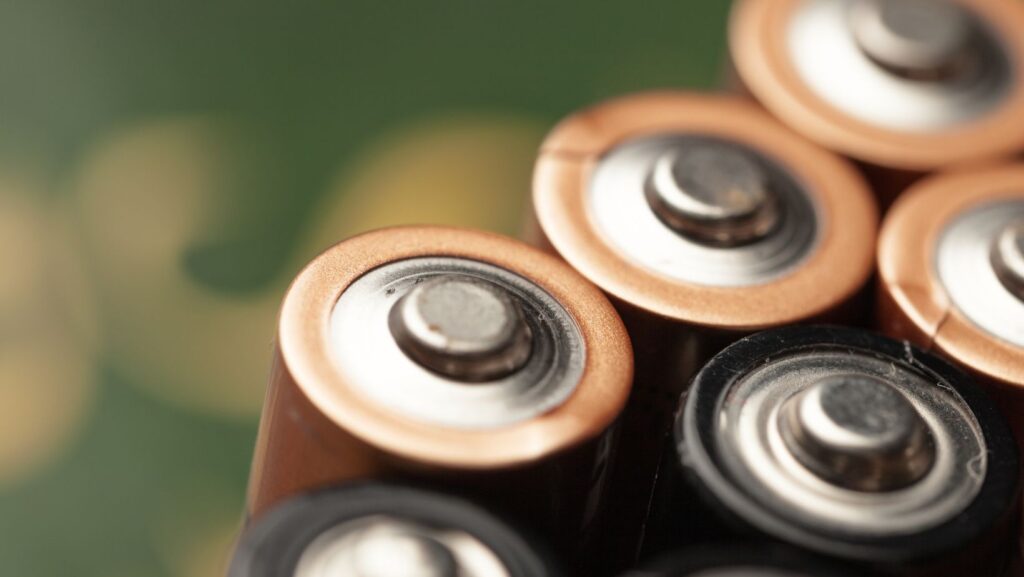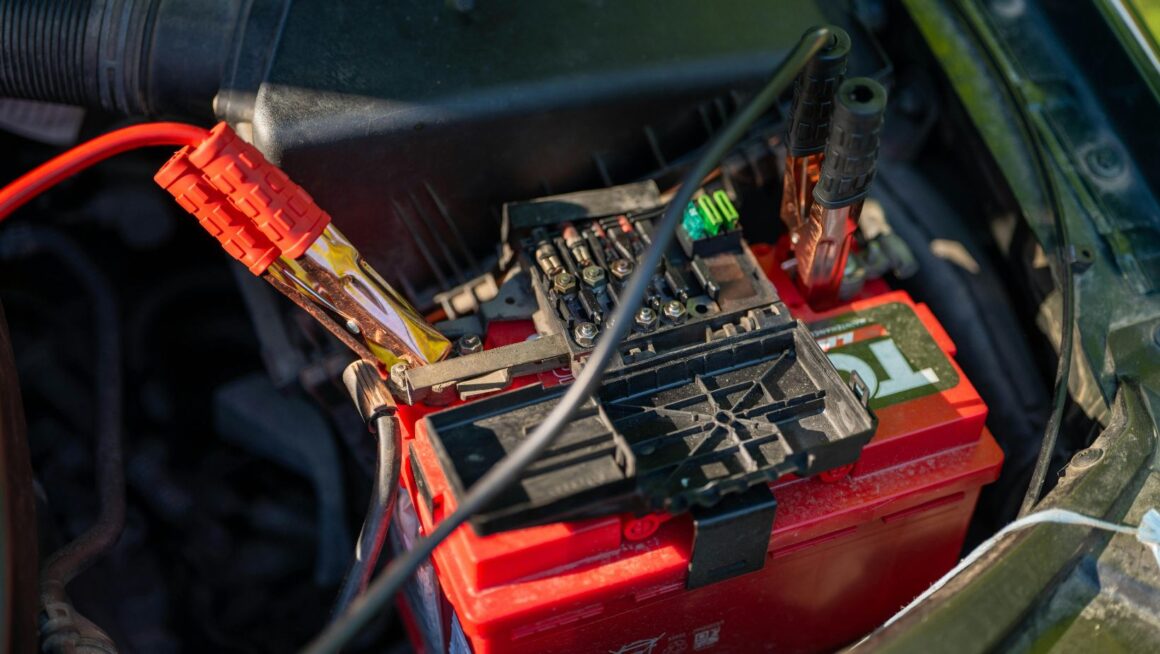
When it comes to boating, one of the most crucial yet often overlooked components is the battery system. Your vessel’s performance and reliability can hinge on the right marine-grade battery. Choosing the right battery isn’t merely about picking a brand; it involves understanding your specific needs, the types of batteries available, and how they’ll function within your marine environment.
Understand Your Power Requirements
Before diving into technical specs, it’s essential to evaluate your power needs. Consider what devices and systems you’ll be running. These may include:
• Lighting systems for night navigation.
• Navigation electronics such as GPS and chartplotters.
• Bilge pumps to keep your vessel dry.
• Communications equipment for safety.
Calculate the total wattage of all these devices, keeping in mind how long you’ll need them to operate. This will give you a clearer picture of the battery capacity you’ll require. More complex vessels may require comprehensive planning, so taking the time to assess your needs can save you from unexpected hiccups later on.
Once you’ve established your power requirements, you can explore marine-grade battery options here. This will provide insight into various makes and models that can serve your specific needs.
Types of Marine-Grade Batteries
There are several types of marine batteries, and each has its unique attributes. Here’s a breakdown:
Flooded Lead-Acid Batteries
These are the traditional batteries, commonly used in many applications. They are generally more affordable but have specific maintenance needs. You’ll need to check the water levels regularly to ensure they’re functioning optimally. They are best suited for shorter trips where you can keep an eye on their status.
AGM Batteries (Absorbent Glass Mat)
AGM batteries have gained popularity in marine applications for their ability to handle heavy cycling and their minimal maintenance requirements. They are spill-proof and can withstand rough conditions, making them ideal for boats that frequently encounter choppy waters. However, they come at a higher initial cost compared to traditional flooded batteries.
Gel Batteries
Similar to AGMs, gel batteries are another sealed option that offers a longer lifespan and maintenance-free performance. They utilise a gel electrolyte, making them spill-proof and suitable for various orientations aboard your vessel. They are a great choice for steady, moderate power needs but may not handle rapid discharges as effectively.
Lithium-Ion Batteries
Emerging as a cutting-edge solution, lithium-ion batteries are lightweight and provide incredible energy density. They can discharge more efficiently than traditional batteries and have a remarkably long lifespan. However, they still come with a higher price tag. If you’re looking to invest in the latest technology and expect robust performance, they are worth considering.
Deep Cycle vs. Starting Batteries
The terms “deep cycle” and “starting” refer to how a battery discharges its energy and what it’s designed for:
• Deep Cycle Batteries are built to discharge their energy over an extended period. They are ideal for powering devices like lights and pumps, providing a steady current for longer durations.
• Starting Batteries, on the other hand, are designed for giving quick bursts of energy to start your engine. These are not suitable for running appliances, as they are not built to handle deep discharges efficiently.
When outfitting your vessel, you may require a combination of both types. For example, you can have dedicated starting batteries for your engine and deep cycle batteries for appliances.
Size and Placement Considerations
Once you’ve chosen the type of battery you’ll be using, it’s crucial to consider the physical dimensions and placement. Make sure you have adequate space to install the battery securely and that it is accessible for future maintenance. Pay careful attention to the weight of the batteries as you want to ensure they are distributed evenly throughout your vessel for safety and stability.
Additional Features to Consider
Many modern marine-grade batteries come equipped with features geared toward enhancing their functionality and longevity. Here are a few you might want to explore:
• Built-in monitoring systems can keep track of battery health and life cycle, providing vital information on when to replace or recharge.

• Fast charging capabilities can be beneficial if you’re frequently out on the water and require quick recharges during breaks.
• Temperature resistance can also play a vital role, especially if your vessel operates in extremes. Investing in batteries that are designed for temperature fluctuations can help prevent performance drops.
Maintenance and Lifespan
Understanding how to maintain your battery can significantly influence its lifespan. Regularly check connections for corrosion, clean terminals, and store batteries in a cool, dry place during the off-season. Following these practices can help you get the most out of your investment.
Conclusion
Choosing the right marine-grade battery involves more than just a quick decision. By assessing your power requirements, exploring the various types of batteries available, and considering their placement and maintenance needs, you can make a well-informed choice that enhances your sailing experience. Whether you’re a casual weekend boater or a seasoned mariner, investing time in this decision can lead to smoother sails and better adventures.







